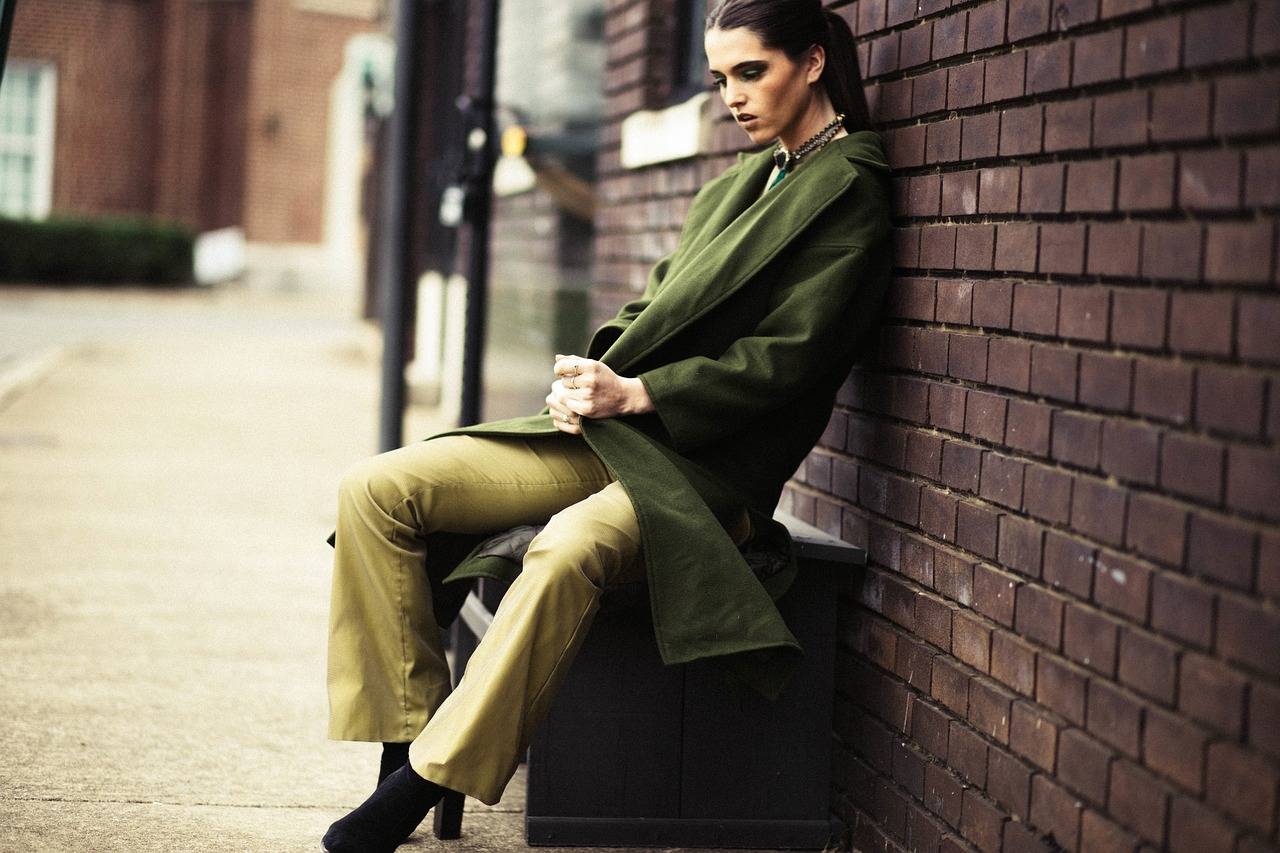Fashion and Cultural Appropriation: Navigating Boundaries
Fashion has always been a form of self-expression, reflecting the unique identities and cultures of individuals. However, when elements of a particular culture are borrowed without proper understanding or respect, it can lead to cultural appropriation. This occurs when dominant groups adopt aspects of a marginalized culture for aesthetic purposes, often stripping away the significance and historical context behind those elements.
Cultural appropriation in fashion can perpetuate harmful stereotypes, erasing the contributions and experiences of the culture being appropriated. It can also result in financial gain for the appropriators, while the communities from which these elements are taken do not receive recognition or compensation. By recognizing and addressing cultural appropriation in the fashion industry, we can strive towards a more inclusive and respectful environment that celebrates diversity and honors the origins of different cultural practices and traditions.
Defining Cultural Appropriation
Cultural appropriation in fashion refers to the act of adopting elements of a culture without proper understanding or respect for its significance. This can include using traditional clothing, accessories, patterns, or hairstyles from a particular culture for aesthetic purposes without acknowledging or honoring its origins. In many cases, cultural appropriation in fashion can perpetuate harmful stereotypes and erase the cultural identities of marginalized communities.
It’s important to recognize that cultural appropriation is a form of exploitation that can have deep-rooted implications. When designers and brands appropriate elements from a culture for their collections without giving credit or compensating the original creators, it not only disrespects the heritage of that culture but also reinforces power dynamics that marginalize already underrepresented groups. By understanding the complexities of cultural appropriation in fashion, we can work towards promoting inclusivity, diversity, and mutual respect within the industry.
The Impact of Cultural Appropriation in Fashion
Cultural appropriation in fashion has far-reaching consequences that extend beyond just the surface level. It not only perpetuates harmful stereotypes and misconceptions but also can deeply affect the communities whose cultural elements have been borrowed without proper recognition or respect. This exploitation can lead to economic disadvantages for these communities as their traditions are commercialized without their consent.
Furthermore, cultural appropriation in fashion can contribute to the erasure of the rich history and significance behind certain cultural symbols and practices. By divorcing these elements from their original meaning and significance, it diminishes their value and reduces them to mere trends, stripping away their cultural importance. This can perpetuate a cycle of cultural insensitivity and disrespect, further marginalizing already underrepresented communities in the fashion industry.





